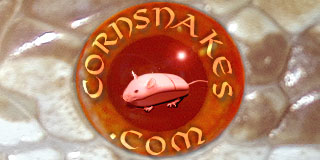ElSass
New member
I was wondering if there is a good way to tell how a hatchling will look once it becomes an adult? I have read in several places that hatchlings can change a good deal in terms of color and pattern as they mature. My amel has shed twice and has changed a bit in intensity and hue.
I'm already thinking about getting another corn (not right away, probably when I'm done with grad school). I'm interested in something stripy or with very deep colors. Should I ask the breeder to see the parents?
Thanks!
I'm already thinking about getting another corn (not right away, probably when I'm done with grad school). I'm interested in something stripy or with very deep colors. Should I ask the breeder to see the parents?
Thanks!
